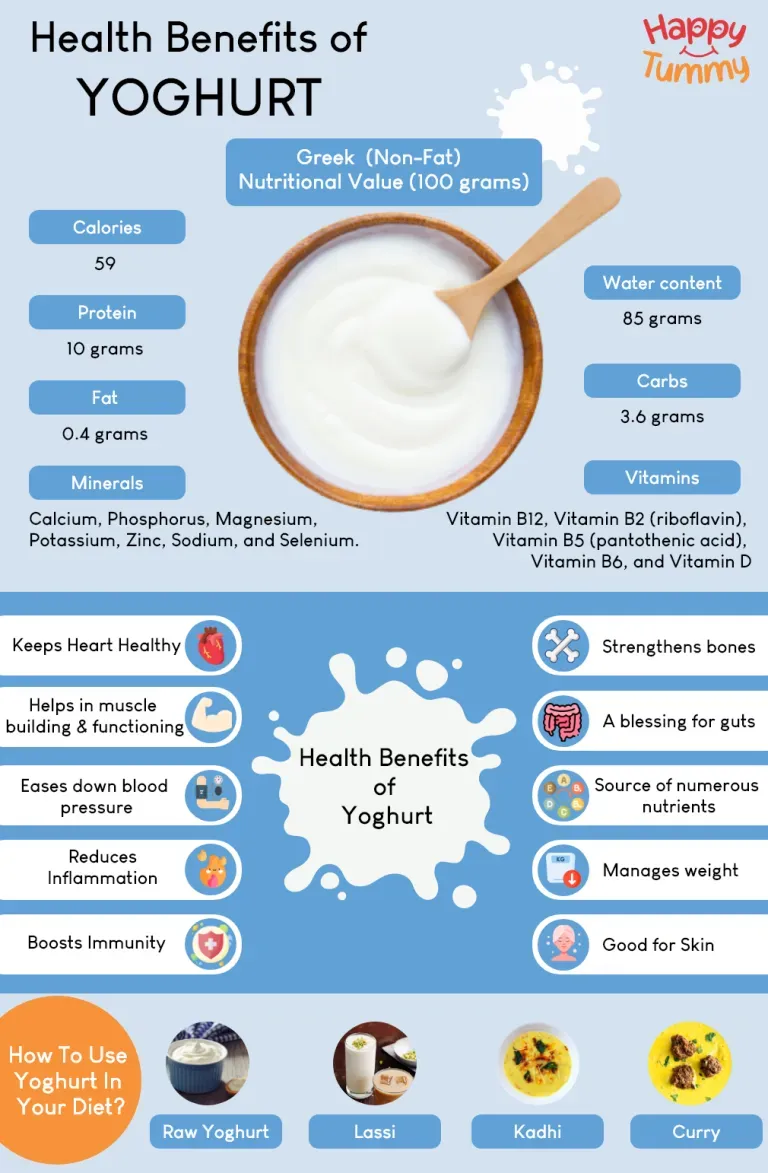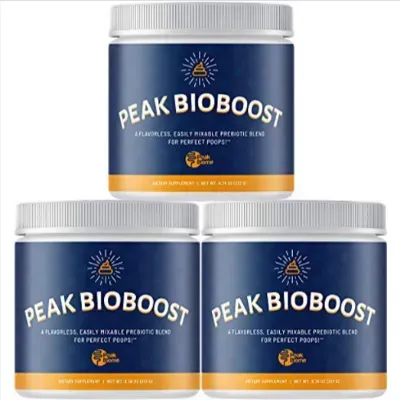Table of Contents
You grab that little cup from the dairy aisle, the one proudly labeled "low fat." It feels like the right choice, doesn't it? We've been told for decades that fat is the enemy, and cutting it out is the path to health. But when it comes to dairy, especially yogurt, things aren't always that simple. You might be standing there, scanning the nutritional info, and honestly wondering: is low fat yogurt healthy for you? The answer, like most things in nutrition, isn't a simple yes or no. Often, when food manufacturers take something out, they put something else in to make it taste good. And that "something else" is frequently sugar. So, before you automatically reach for the low-fat option, let's dig into what's really in that container, compare it to its full-fat cousins, and figure out how to make a genuinely healthy choice for your snack or breakfast.
Is Low Fat Yogurt Healthy For You? Breaking Down the Basics

Is Low Fat Yogurt Healthy For You? Breaking Down the Basics
The Low-Fat Promise vs. Reality
For years, the message was loud and clear: fat makes you fat, raises cholesterol, and generally spells doom for your health. So, when "low fat" options started appearing on shelves, we were told they were the healthier choice. Yogurt, a seemingly simple dairy product, became a battleground between full-fat indulgence and low-fat virtue. People swapped their creamy, whole-milk versions for the watery, often tangier, low-fat alternatives, believing they were making a smart move. But is low fat yogurt healthy for you just because it has less fat? It turns out, the story is a bit more complicated than a simple fat percentage on a label. The food industry got creative, and sometimes "less fat" meant "more something else."
When Fat Leaves, Sugar Often Arrives
Think about it: fat adds flavor and texture. It's what makes things feel rich and satisfying. When you strip that out, you lose some of that appeal. To compensate for the missing richness and taste, manufacturers frequently pump in sugar. Lots of it. Sometimes, the sugar content in a small container of low-fat yogurt can rival that of a candy bar. This added sugar doesn't just contribute empty calories; it can wreak havoc on your blood sugar levels and contribute to weight gain and other health problems down the line. So, while you might be saving a few grams of fat, you could be consuming significantly more grams of added sugar. That trade-off is something you need to seriously consider when asking yourself, is low fat yogurt healthy for you? Here's a quick look at common additions to low-fat yogurt:
- Added Sugars (sucrose, high-fructose corn syrup, fruit juice concentrates)
- Artificial Sweeteners (aspartame, sucralose)
- Thickeners (modified food starch, pectin, carrageenan)
- Artificial Flavors and Colors
The Legacy of the Low-Fat Era
The push for low-fat foods stemmed from dietary guidelines in the late 20th century that broadly condemned dietary fat. This led to a massive shift in the food supply, with countless products reformulated to be low in fat. Yogurt was right in the middle of this trend. What followed was an explosion of low-fat and fat-free products, many of which were loaded with sugar and refined carbohydrates to make them palatable. This historical context is crucial. We’re now seeing the long-term effects of this dietary experiment, and it’s forcing us to re-evaluate whether simply reducing fat was ever the right strategy for overall health. The question "is low fat yogurt healthy for you?" isn't just about one food item; it's tied into decades of nutritional advice that might have missed the mark.
Low Fat vs. Full Fat Yogurt: What Gets Added When Fat Gets Removed?

Low Fat vs. Full Fat Yogurt: What Gets Added When Fat Gets Removed?
The Swap: Why Less Fat Doesn't Mean Less... Stuff
So, you've picked up the low-fat version, feeling virtuous. Great. But let's talk about what happens behind the scenes. When food companies remove fat from yogurt, they aren't just scooping it out and calling it a day. Fat, believe it or not, does a lot of heavy lifting in the flavor and texture department. It makes yogurt feel creamy, rich, and satisfying. Take that fat away, and you're left with something thinner, sometimes even a bit watery, and often lacking that pleasant mouthfeel. To fix this textural void and make it taste like something you'd actually want to eat, manufacturers typically introduce a range of other ingredients. This is where the conversation about low fat vs. full fat yogurt really gets interesting, because you're often trading saturated fat for ingredients like added sugars, various starches, gums, and other thickeners designed to mimic the texture that the natural fat provided.
Beyond the Fat: Probiotics, Protein, and Why Yogurt Matters

Beyond the Fat: Probiotics, Protein, and Why Yogurt Matters
The Gut Feeling: Those Little Live Cultures
so we've established that ditching fat can sometimes mean inviting sugar to the party. But let's not throw the baby out with the low-fat bathwater just yet. Yogurt, regardless of its fat content, brings some serious nutritional muscle to the table. One of the biggest draws? Probiotics. These are the live and active cultures, the friendly bacteria that can potentially help balance your gut microbiome. Think of your gut as a tiny, bustling city, and probiotics are like the good citizens keeping things running smoothly. They might help with digestion, nutrient absorption, and maybe even give your immune system a little nudge. Not all yogurts have the same amount or variety of these helpful bugs, so checking the label for "live and active cultures" is key. A yogurt stripped of fat but still packed with probiotics offers a different kind of health benefit than one loaded with sugar and lacking the good stuff.
Protein Powerhouse: Staying Full and Fueled
Beyond the beneficial bacteria, yogurt is also a fantastic source of protein. This is huge. Protein is what keeps you feeling full and satisfied, helps build and repair tissues, and plays a role in countless bodily functions. A serving of yogurt, especially Greek yogurt, can pack a significant protein punch. This is where yogurt really shines compared to, say, a sugary granola bar or a bag of chips. Getting enough protein throughout the day is crucial for managing appetite and maintaining muscle mass, which becomes even more important as you get older. So, while you're weighing the fat and sugar content, don't overlook the protein. It's a major reason why yogurt, in its various forms, remains a valuable part of a healthy diet. What should you look for besides just "low fat"?
- High protein content (especially in Greek or Skyr varieties)
- Low amounts of added sugar
- Presence of "live and active cultures"
- Simple ingredient list
Choosing a Healthy Yogurt: Reading the Label Right

Choosing a Healthy Yogurt: Reading the Label Right
Decoding the Nutrition Facts Panel
Alright, so you're standing in the yogurt aisle, probably feeling a bit overwhelmed by the sheer number of options. You've heard the pitch for low fat, seen the full fat tubs, and now you're asking yourself, how do I pick a healthy yogurt that actually delivers on its promises? Forget the flashy marketing on the front of the container for a second. Your best friend in this situation is the nutrition facts panel and the ingredients list on the back or side. This is where the real story is told. Don't just glance at the fat content and walk away. Look at the total carbohydrates, specifically the "Added Sugars" line. This tells you how much sugar has been added *beyond* the natural sugars found in milk (lactose). Aim for yogurts with minimal or zero added sugar. Also, check the protein content. As we discussed, protein is key for satiety and overall health benefits. More protein is generally better. A good rule of thumb: look for a higher protein number than the added sugar number. If the sugar number is higher, put it back. That's basically dessert masquerading as health food.
Here’s what to prioritize on the label:
- Added Sugars: Lower is always better. Ideally 0-5 grams.
- Protein: The higher, the better. Aim for at least 10-15 grams per serving, especially in Greek or Skyr types.
- Live and Active Cultures: Look for this phrase to ensure probiotic benefits.
- Ingredients List: Shorter and simpler is usually best. Avoid long lists of unpronounceable thickeners, artificial flavors, and sweeteners.
Ingredient Sleuthing: What Else Is Hiding?
Beyond the numbers, the ingredients list is a goldmine of information. This is where you'll find out if that "fruit on the bottom" is actual fruit or mostly sugar and thickeners. Ingredients are listed in order of quantity, from most to least. If sugar (or one of its many aliases like sucrose, cane sugar, corn syrup, fruit juice concentrate) is listed as one of the first few ingredients, you know you're essentially buying flavored sugar with a bit of dairy mixed in. Some low-fat yogurts rely heavily on thickeners like modified food starch, carrageenan, or gums to give them body. While generally considered safe, a yogurt thickened naturally through straining (like Greek yogurt) typically offers more protein and a creamier texture without the need for these additives. Choosing a healthy yogurt means becoming a bit of a detective at the grocery store.
Making the Smart Swap
So, is low fat yogurt healthy for you? It *can* be, if you choose wisely. An plain, unsweetened low-fat or non-fat yogurt with live cultures and high protein is a solid base. The danger comes in with the flavored, sweetened versions, which are often nutritional minefields. Don't be fooled by "fat-free" if it's loaded with sugar. Sometimes, a smaller serving of full-fat plain yogurt might be a better choice than a large tub of sugary low-fat stuff. You can always add your own flavor with fresh fruit, a sprinkle of nuts, or a dash of cinnamon, giving you control over the sugar content. The key is to look past the marketing hype and understand what you're actually consuming. Your gut (and your waistline) will thank you for the extra minute spent reading the label.
The Lowdown on Low Fat Yogurt: Making Your Choice
So, is low fat yogurt healthy for you? As we've seen, it's not the simple win the marketing often suggests. While cutting fat might seem logical, the real issue often hides in plain sight: added sugar. Many low-fat versions swap saturated fat for sweeteners, turning a potentially nutritious food into something more akin to a dessert. The health benefits of yogurt, like probiotics and protein, are still there, but they can be overshadowed by a sugar load. The takeaway? Don't just look at the fat content. Flip the container around, scan that nutrition label, and see how much sugar they crammed in there. Choosing a plain yogurt, whether low-fat or full-fat, and adding your own fruit or a drizzle of honey gives you control. The "healthy" factor isn't about the fat percentage alone; it's about the whole package.
